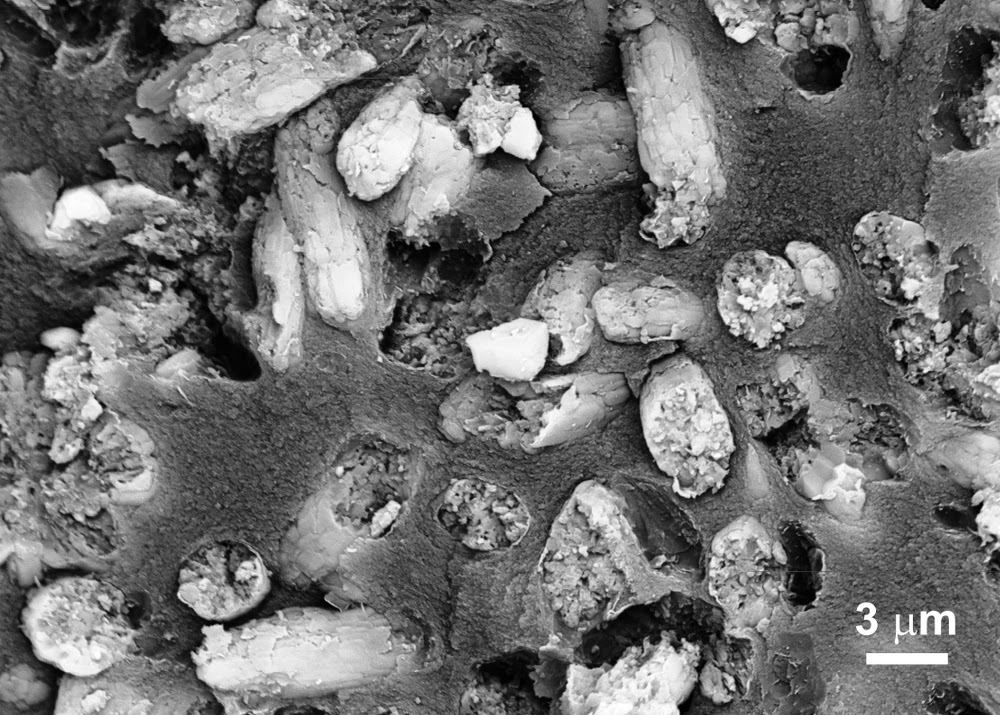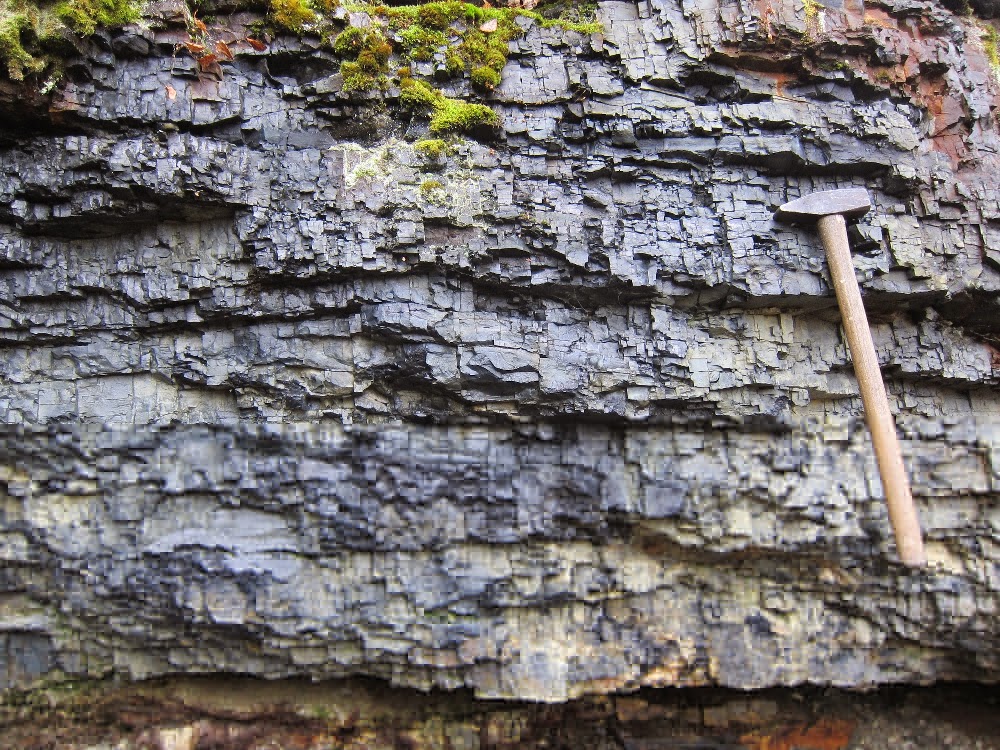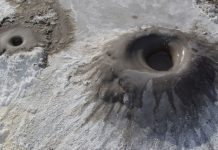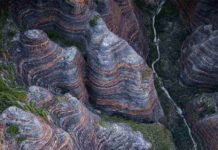
Two billion years ago, Earth was recovering from a major environmental upheaval that had caused widespread changes in the planet’s surface conditions.
The oxygenation of the atmosphere and oceans had altered global biogeochemical cycles and triggered the formation of the earliest worldwide phosphorite deposits. These are rocks that contain abundant phosphorus, a key building block of life.
Scientists are now linking the deposition of phosphorus during that time period to the establishment of sulphur bacteria habitats, potentially paving the way for a new approach to astrobiology research.
A recent paper, “Potential influence of sulphur bacteria on Palaeoproterozoic phosphogenesis,” published in the journal Nature Geoscience, concludes that the formation of these phosphorite beds was strongly influenced, if not completely controlled by, the activity of sulphur bacteria. The search for life on other planets might pick up on such geological signposts.
“It would be of great interest to identify P-rich deposits in astrobiology research,” said the paper’s lead author Aivo Lepland at the Geological Survey of Norway (NGU). “Such deposits from extraterrestrial environments may serve as unique archives of geochemical setting and biologic activity.”
Unique Rock Formation
Lepland and his project team drew on research from the organic-rich rocks of the Zaonega Formation in Karelia, Northwest Russia as part of the International Continental Scientific Drilling Program’s Fennoscandian Arctic Russia – Drilling Early Earth Project (FAR DEEP) project in 2007.
Lepland said the project provided a “unique rock record” of drill cores from the early part of the Paleoproterozoic Era (2 to 2.5 billion years ago) to study the causes and consequences of Earth’s oxygenation. Two rock cores contained 2 billion year old phosphorites, which were supplemented with samples collected from nearby outcrops. The project team investigated the micro-fabric (the shapes and sizes) of the samples and analyzed trace elements, including molybdenum (Mo) and uranium (U). The goal was to assess whether or not oxygen was present in the depositional setting. The team also looked at the carbon isotope ratios of the biomass to assess the origin of the organic matter.
The appearance of the first significant worldwide phosphorites has long been seen as a consequence of Earth’s oxygenation more than two billion years ago. However, as Lepland explained, the mechanism and triggers of the event have been poorly understood.
Significant Environmental Change
According to Lepland, the sulphur bacteria that thrive in shallow sediments exert a strong influence on the formation of phosphorite beds. The scientists call the process “S bacteria mediated phosphogenesis,” and propose that it was happening during the early Paleoproterozoic Era.
“The establishment of an environmental niche for S bacteria during that time was the consequence of the increased weathering of landmasses and the supply of sulphur to the ocean—triggered by the oxygenation of the Earth,” said Lepland.
“This, the oldest known and presumed global phosphogenesis event, likely operated the same way as in the modern world,” he added.

Even so, Lepland pointed out that the rocks studied do not provide an answer to the question of how life formed. Primitive life had likely existed on Earth already some 2 billion years before the accumulation of the phosphorus-rich deposits. Cyanobacteria, a phylum of bacteria capable of oxygenic photosynthesis, are thought to have triggered what Lepland describes as “the most significant environmental change in Earth history”: the rise of atmospheric oxygen and the establishment of an aerobic planet.
“Major environmental changes bring about the establishment of new habitats, which in turn set the stage for evolutionary innovation and the diversification and complexity of life,” he said.
Namely, oxygenation brought about important alterations to the sulphur cycle, which provided an environmental niche for sulphur bacteria to create phosphorite beds.
“S bacteria and phosphorite formation thus go together,” he added.
Planets and Water Moons
Matthew Pasek, a planetary scientist and geologist at the University of South Florida (USF), said the study is important in that it identifies microbes as a principle agent in the phosphorus cycle, a useful tool for astrobiologists. “These deposits may serve as good biomarkers on other worlds, indicating a significant amount of biological diversity on an exoplanet,” said Pasek.
He said that an understanding of how phosphate ore is formed helps to give us an idea of how to recognize it in the geologic sequence.
“From a basic science perspective, we’ve known for a while that formation of phosphate ore was likely bio-mediated, but the who, when, and why of these formations wasn’t clear. These deposits followed the rise of oxygen, implying some fairly-advanced microbial metabolism might have been necessary to form these things. This suggests that phosphorite deposits on other worlds might serve as an indicator of advanced microbial life,” he added.
Pasek also speculated that the research, which was carried out in a very specific geological region, may help astrobiological researchers form a better understanding of the type of extraterrestrial environments where such processes are more likely to occur.
“The environment required for the formation of these rocks needs to be a planet or a large moon,” he said. “Small objects in space, such as comets, are not very active and do not vary a lot over small distance scales, so these objects would not be good places to find these types of rocks.”
Video :
Note : The above story is based on materials provided by Astrobio net










